Technology is changing people’s lives, through enabling the ongoing digitalization of businesses and continuous refresh to business models. In this long march to digitalization, technology is amplifying continuous change at an ever-increasing velocity. Organizations are becoming more model-driven, and the ability to manage the interconnected nature and complex versioning of these models is an important competency.
To derive the full benefits of automation, organizations require a holistic view across their functional and process silos. This is where building a digital twin of organization (DTO), comes in. A DTO creates multiple sophisticated models of your organization by drawing from a real-world environment with real people and machines working together to generate continuous intelligence about what is happening throughout the organization.
Digital Twin of Organization provides a contextual framework for business processes and decision models.
According to the Gartner report “12 Powerful Use Cases for Creating a Digital Twin of Your Organization“. Here are some of the common applications where a digital twin of the organization drives value and create competitive advantage:
Digital Transformation - With a DTO, you orchestrate your digital transformation initiatives to generate new streams of revenue by creating a digital blueprint (Business Architecture), then identifying the business operating model to execute the digital initiatives with continuous monitoring and guidance.
Enterprise Performance and Cost Optimization– With a DTO, you build a process-centric technology that provides visibility to generate new streams of revenue, cut costs and increase operational efficiency.
Customer Experience - With a DTO, you align your internal operations with the customer interactions and processes. Through this alignment, you will know which customer processes and interactions are in place, what different customer segments expect from the organization and how that translates into KPIs and targets, how customer processes perform, and which process improvements are necessary to meet and exceed customer expectations.
Program and Portfolio Management– With a DTO, you create visibility to navigate the interdependencies of programs and projects including policies, risks and resources and how they are impacting services. It also allows you to translate business outcomes and stakeholder expectations into operational indicators that can be used to monitor progress toward goals.
Merger and Acquisitions – With a DTO, you take the merger and acquisitions activities beyond financials and include modelling certain aspects of the new organization and comparing it to the combination of both operating models, then plan scenarios in a dynamic way.
Digital twin of the organization combines several operations and disciplines, making the business case for whether to use a DTO requires an outside-in view of internal operations, leadership and, above all, vision, and courage.
At Thynkli, we collaboratively explore the disruptive potential of DTO, and we create a roadmap of the enterprise skill sets, architectures and governance needed to use a DTO. To discover more about the Thynkli process using DTO see HERE.
Let’s talk

